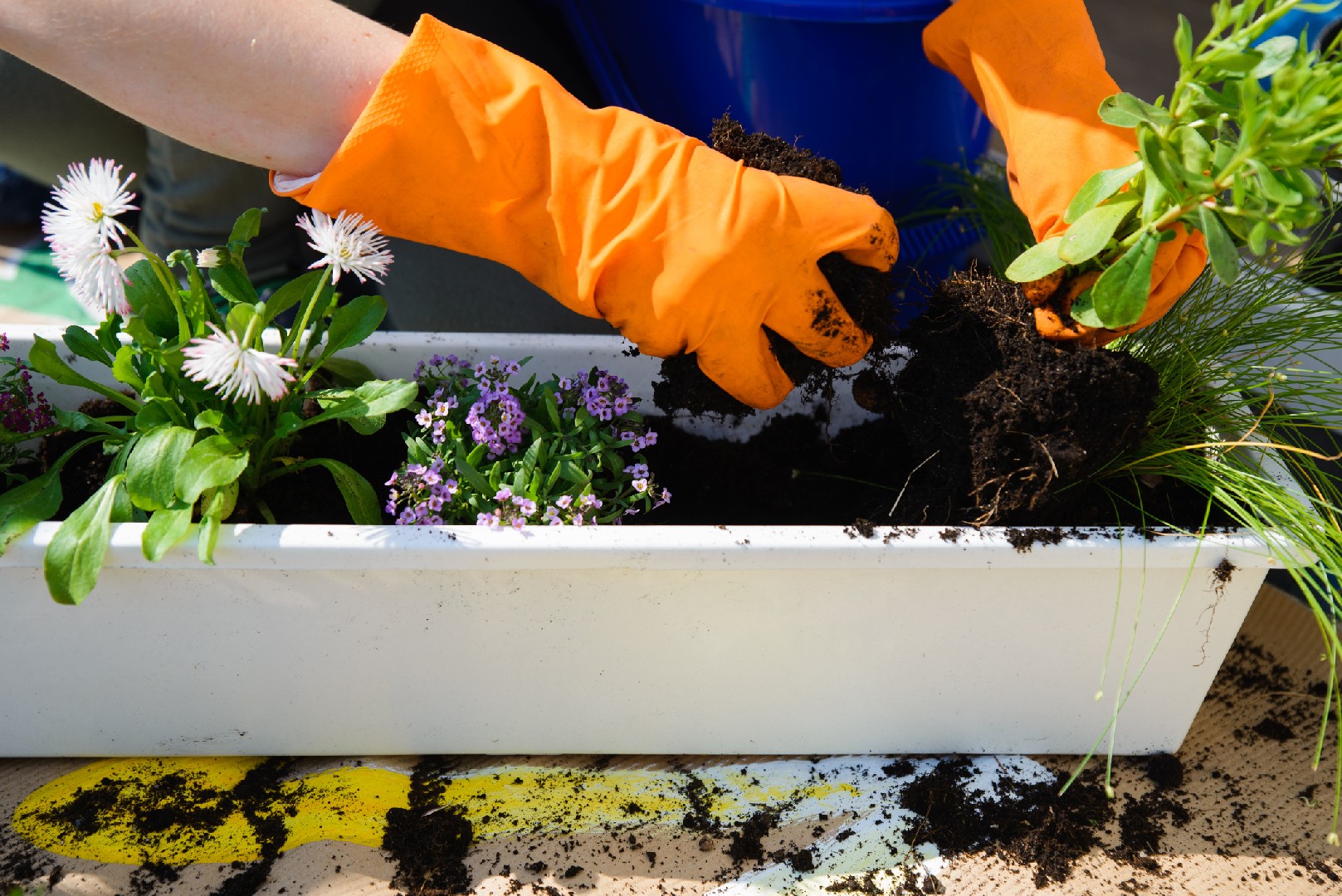![Rectangle]()
Adapting Companion Planting to Containers: Challenges and Opportunities
Container gardening is a wonderful way to maximize your harvest in small spaces, and companion planting can further enhance the productivity and health of your container garden. However, adapting companion planting techniques to containers does come with its own set of challenges and opportunities. In this section, we will explore these challenges and provide practical tips to overcome them.
One of the main challenges of applying companion planting in container gardens is the limited space available. Unlike traditional garden beds, containers have a smaller footprint, which means that you need to be strategic in selecting plant combinations that can cohabitate comfortably. To make the most of your limited space, opt for plants that have compatible growth habits, such as tall plants that provide shade to shorter, sun-sensitive plants.
Another challenge is ensuring plant compatibility. Some plants simply do not get along well when grown in close proximity, and this can affect their growth and overall health. Before you start companion planting in containers, it's important to research plant compatibility to ensure you are choosing the right combinations. For example, tomatoes and basil are often touted as great companions, as the basil can repel common tomato pests. Similarly, marigolds can deter harmful insects and nematodes, making them a popular choice to pair with a variety of container-grown vegetables.
Container size is also an important consideration when it comes to companion planting in containers. Different plants have different root systems and space requirements, so it's crucial to choose containers that are appropriately sized for your plant selections. Larger containers provide more room for root growth and can accommodate a wider variety of companion plants. Be sure to choose containers with good drainage to prevent waterlogged roots.
While there are challenges to overcome, container gardening also presents unique opportunities for companion planting. One of the major benefits is increased yield. By pairing plants that complement each other's growth and nutrient needs, you can maximize the productivity of your container garden. For example, planting lettuce and radishes together allows you to make use of the empty space between radishes, resulting in a higher overall yield from your container.
Natural pest control is another advantage of companion planting in containers. Certain plants have properties that repel or confuse pests, reducing the need for chemical pesticides. For instance, planting garlic alongside your container-grown roses can help ward off aphids. By incorporating pest-repellent herbs like mint or rosemary into your container garden, you can create a natural barrier against common garden pests.
Lastly, companion planting in containers allows you to have a diverse range of plants in a compact space. This not only adds visual interest to your garden, but it also provides a wider variety of flavors and textures for your culinary endeavors. Imagine stepping onto your balcony and harvesting fresh herbs, colorful vegetables, and fragrant flowers—all from a single container garden.
In conclusion, adapting companion planting to container gardening requires careful consideration of space limitations, plant compatibility, and container size. By choosing compatible plant combinations, utilizing appropriately-sized containers, and taking advantage of the unique opportunities offered by container gardening, you can create a thriving and productive companion planting system in your small space. Enjoy the benefits of increased harvests, natural pest control, and a diverse and beautiful container garden.





